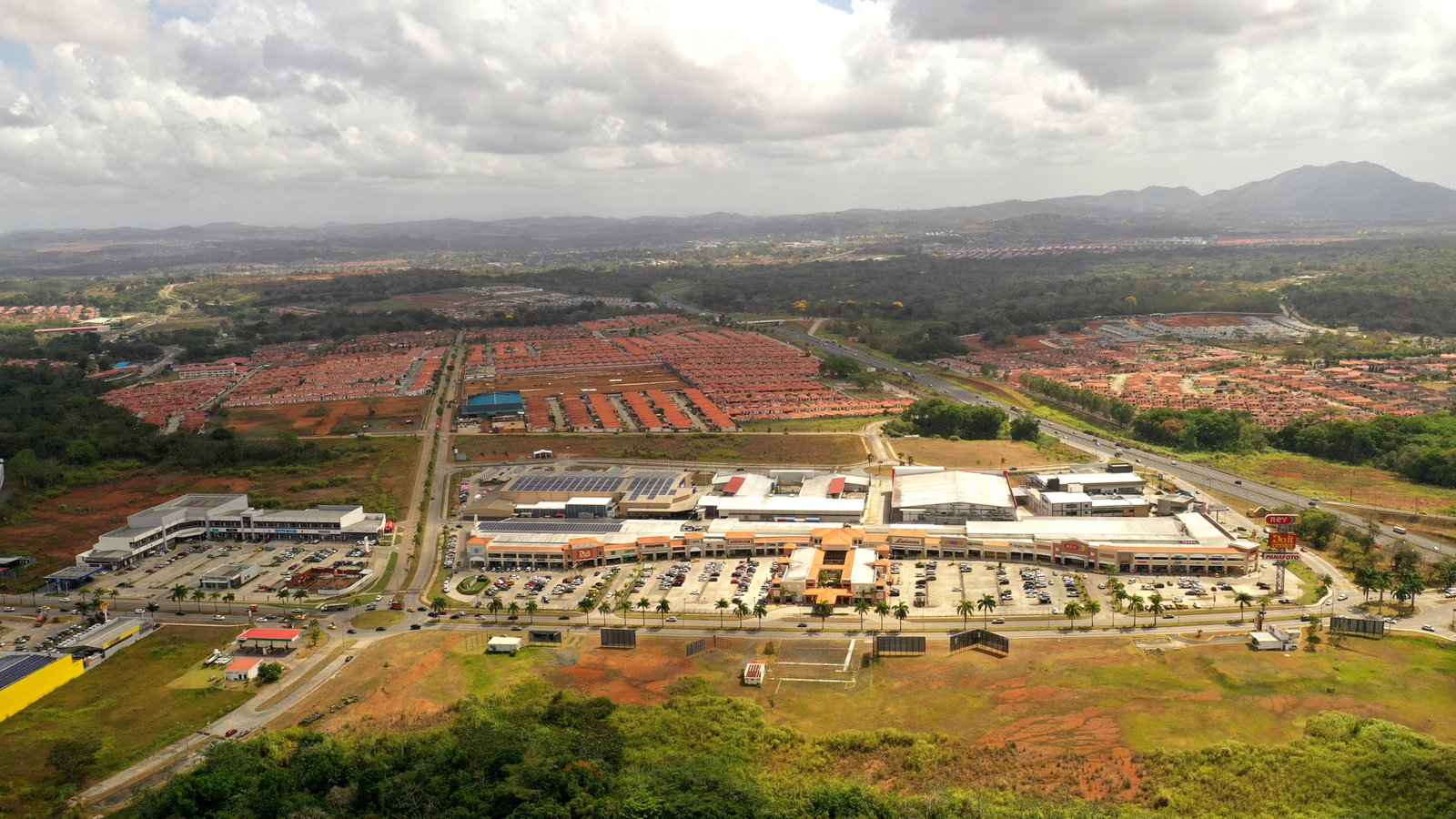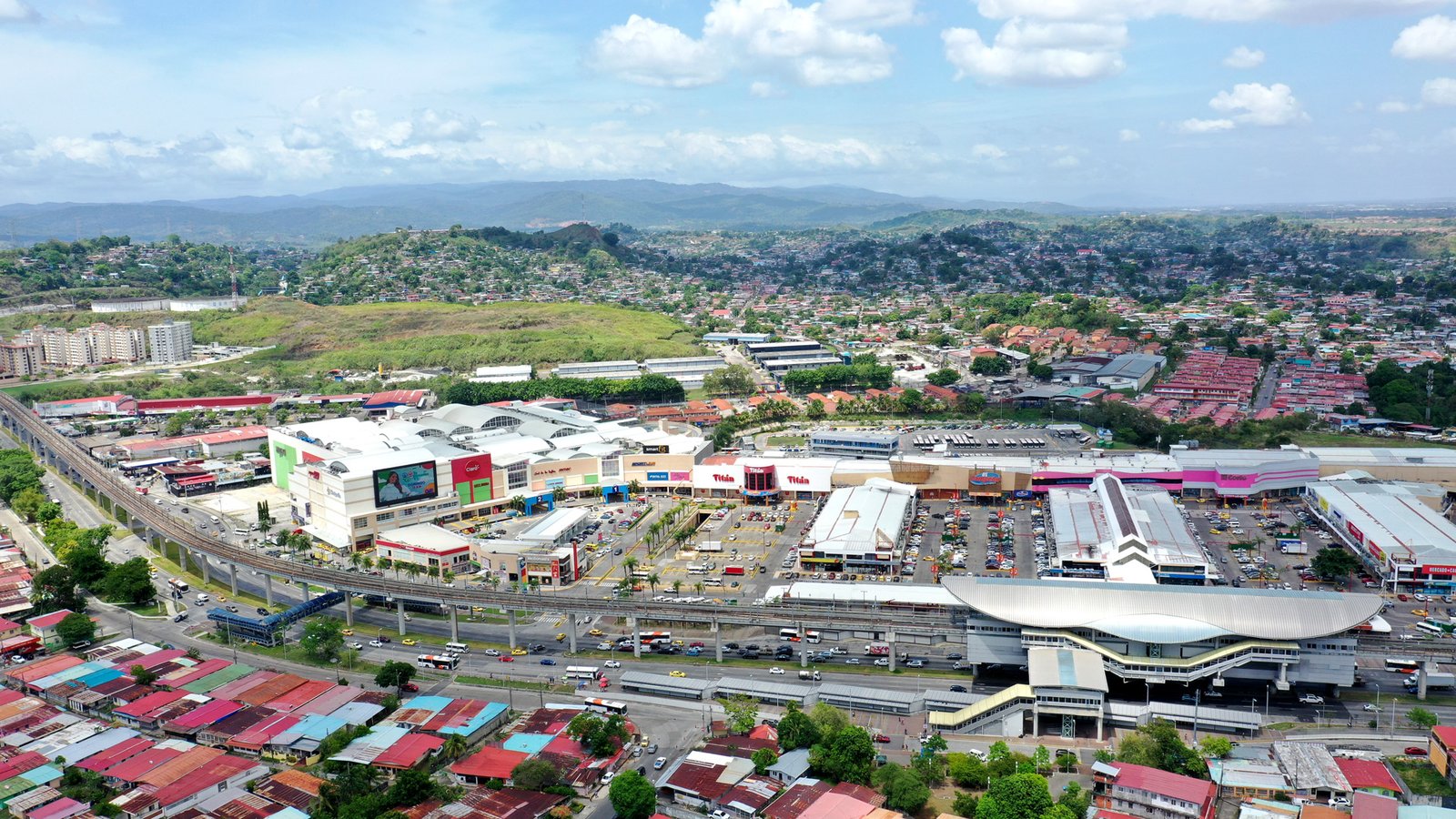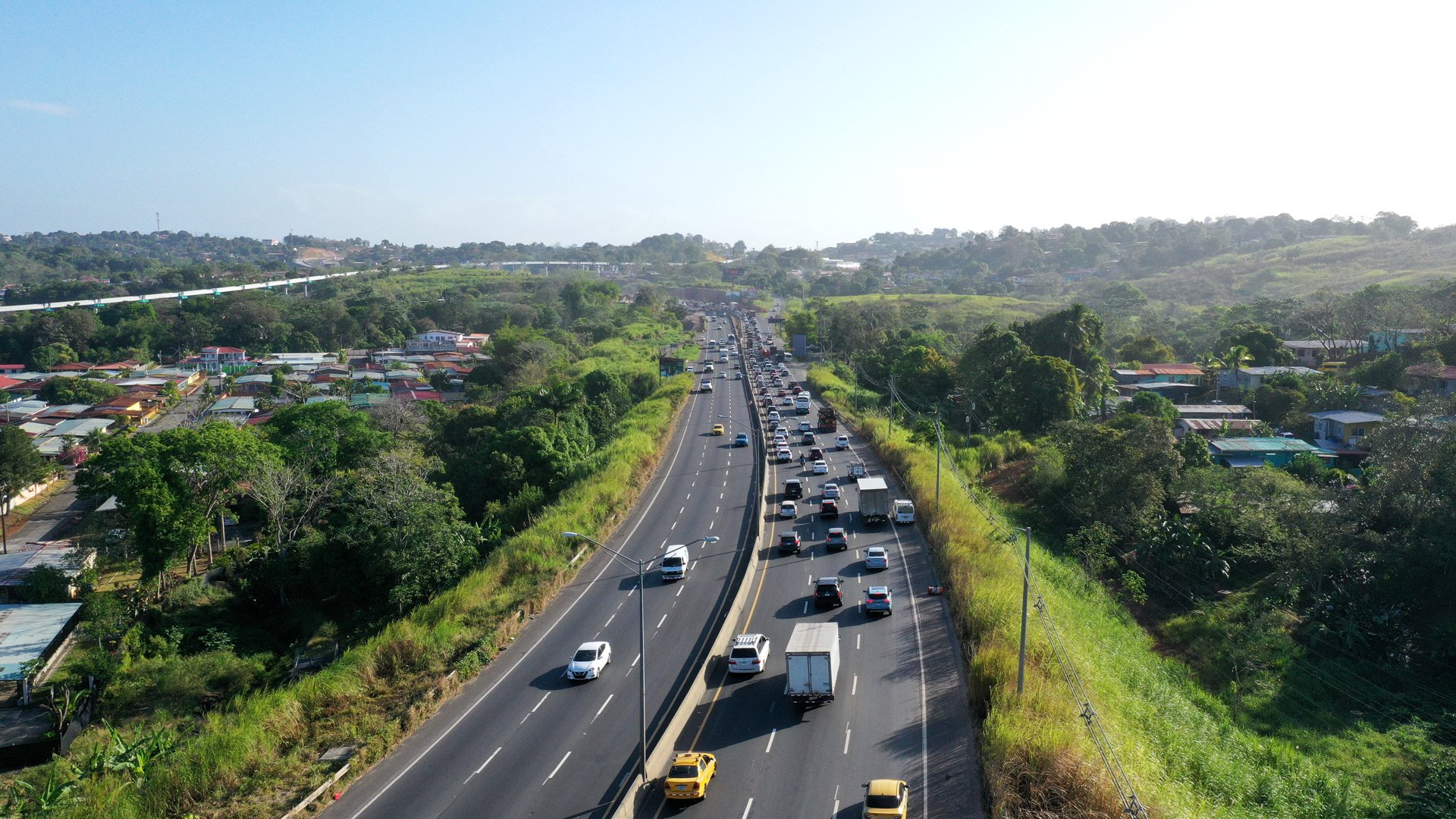In 2021, numerous national and international media identified Panama as the most stressful city in the world, highlighting a study by Eden Gates that gave it a score of 66.4 out of 100 in its ranking. One of the main factors contributing to this result was the extensive travel times, reaching an average of 120 minutes between home and work.
This situation reflects a trend sustained in previous studies on mobility in Panama, such as those carried out by the World Bank in 2007, INEC in 2011, PIMUS in 2015, and a study published in the Journal of Transport & Health in 2019, which reported average travel times from 45 to 70.5 minutes.
Why promote the polycentric city as a solution to the traffic congestion problems suffered by Panama City?
The problem of traffic congestion in Panama City has worsened because the working population, mostly middle and lower class, resides increasingly further away from the urban center and depends on the same routes for their daily trips. According to a 2007 World Bank study, the main reasons for traveling are work and education, with a predominance of public transportation and a lower percentage of people traveling on foot. The expansion of urban areas in Panama has followed the pattern of growth along road axes established at the beginning of the 20th century, which has influenced the configuration of urbanizations intended to accommodate population growth. This development intensified with the popularization of motorized transportation since the 1940s, leading to a more accelerated and extensive expansion of the city. Until the 1990s, the urban center of Panama, specifically the townships of Santa Ana, Calidonia and Bella Vista, concentrated most of the economic activity. The 1970s marked a change with the development of the Banking Area as a new business center, stimulated by the Banking Center law of 1970, which attracted bank branches to areas such as Campo Alegre, Bella Vista and Obarrio.

Costa Verde is one of the new centers of economic activity and job creation that has recently emerged in Western Panama.
Since the end of the 20th century, the appearance of new business centers such as Costa del Este (1997), City of Knowledge (1998) and Panamá Pacífico (2007) has diversified the urban and economic structure of the city. These developments, along with other organic growth in sectors such as Tocumen and the Transístmica corridor, have created new centralities that better distribute economic and residential activity. In Panama Oeste, the development of new nodes of activity has been more recent, standing out since the creation of the province in 2013. Arraiján and La Chorrera have evolved from their original nuclei, with projects such as Costa Verde promoting economic activity and the creation of jobs towards new centralities, supporting the idea of promoting a polycentric city as a solution to traffic congestion in Panama.
The polycentric city: for a better quality of life
Since the late 1990s, the emergence of new centers of economic activity in Panama, intensified by the real estate boom associated with the expansion of the Canal between 2006 and 2011, has occurred without adequately integrating aspects that improve the quality of life or consolidate its function as urban centers in the metropolitan area. A sustainable approach is necessary that specializes the functions or services of each node, such as the logistics sector in Tocumen and the east of the city, and that strengthens Costa del Este as a business and office center. Local urban planning must promote habitability, currently diminished by the absence of regulations that ensure the quality of public space and the adequate provision of services and equipment in residential areas. The reformulation of the urban planning model should include 'livable city' and '15-minute city' paradigms, directing efforts towards the creation of vibrant and sustainable urban centers, with affordable housing, better public space, social inclusion and adaptation to the environment. climate change. Internationally, cities such as Toronto and Montreal in Canada have adopted polycentric models, with Toronto reinforcing its urban structure through a monorail and Montreal seeking to concentrate housing near public transportation. Meanwhile, in Guatemala, 'opportunity districts' reflect a similar effort to improve public space and infrastructure at the neighborhood level to revitalize urban areas.

Line 3 of the Panama Metro is one of the mechanisms that can reinforce the construction of a polycentric city if mixed uses are encouraged around its stations.




